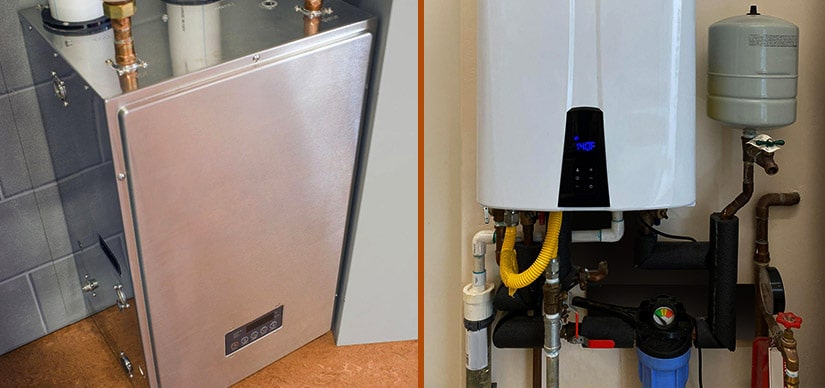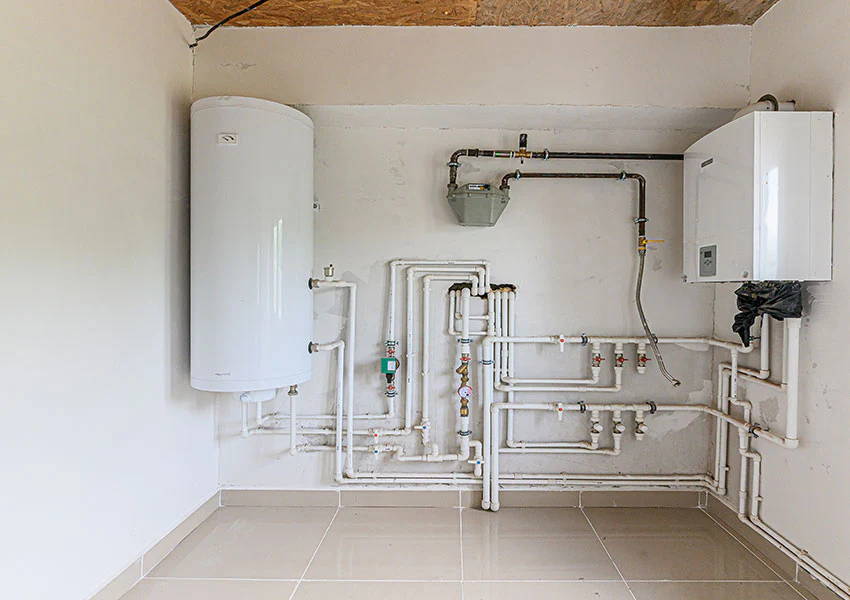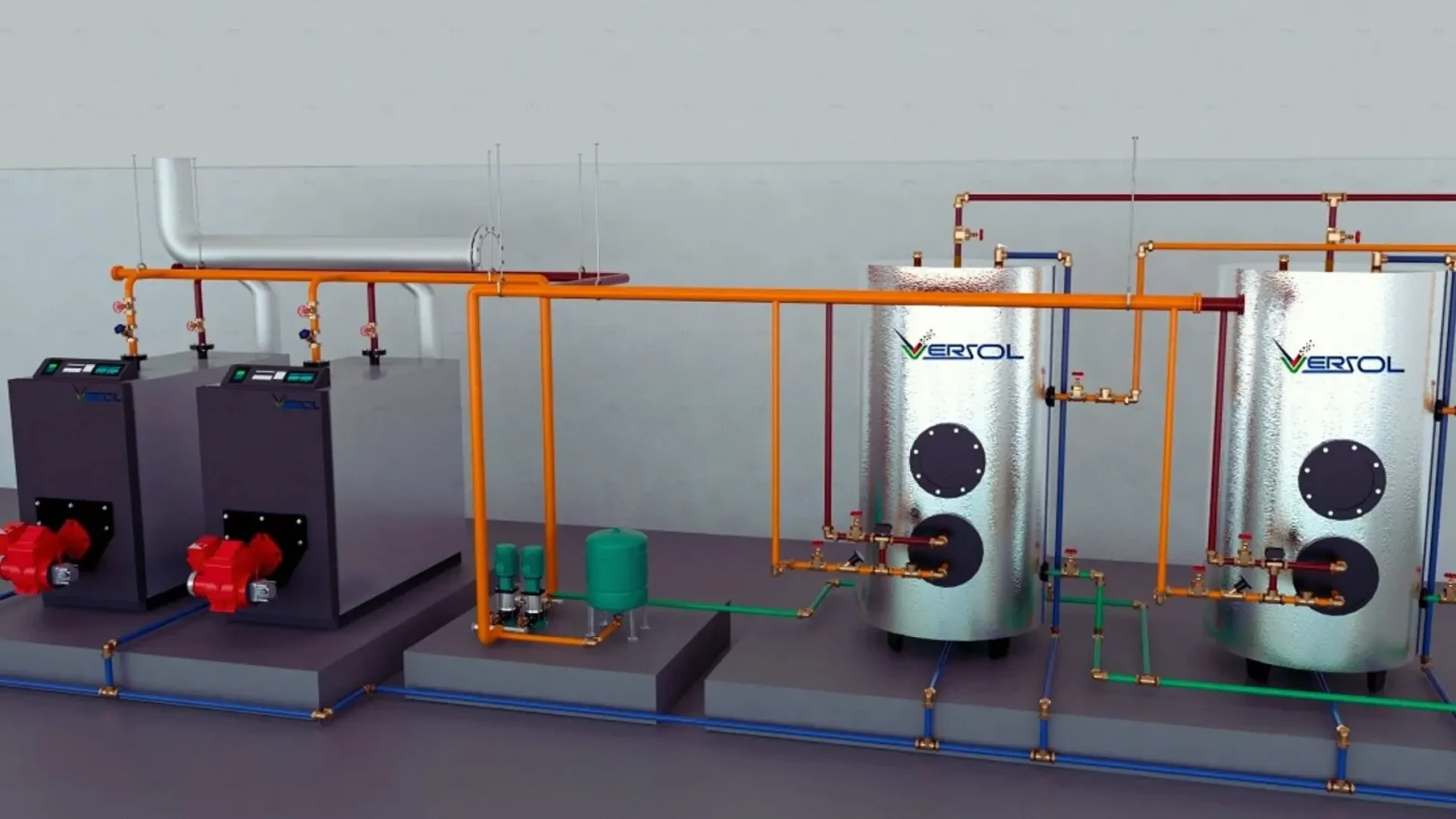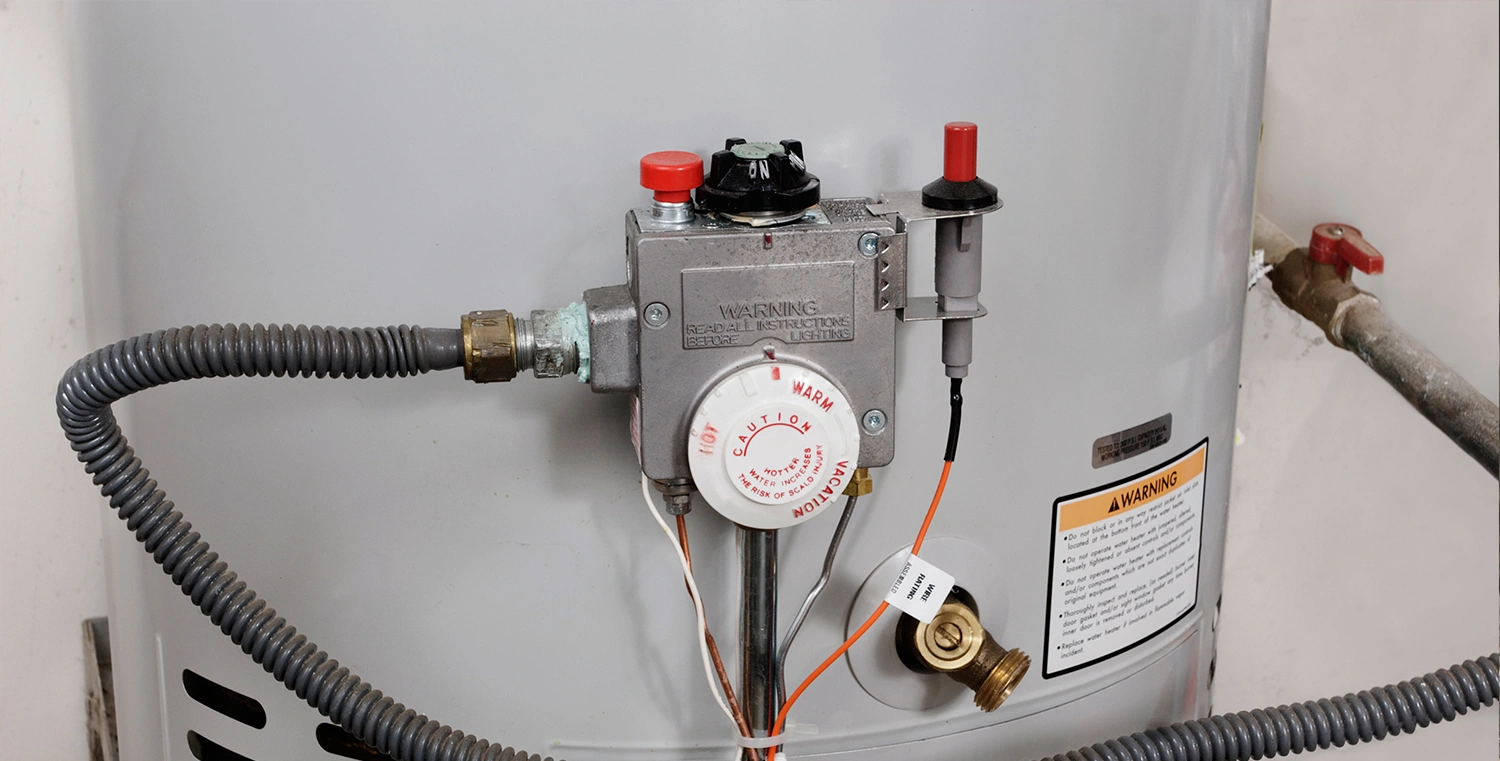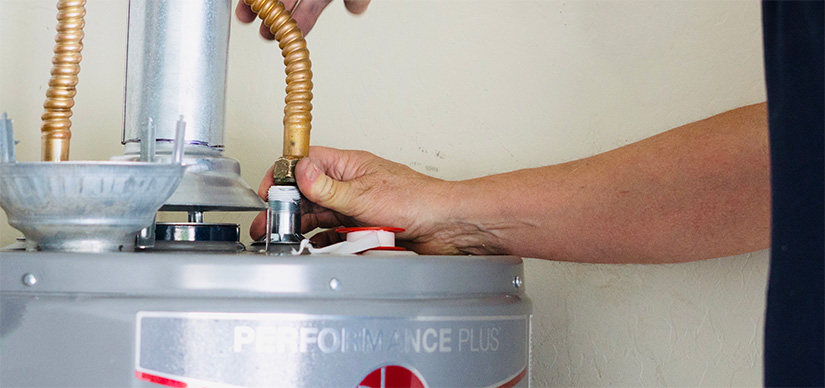How To Operate A Tankless Water Heater Without Freezing
If you live in San Diego and have recently invested in a tankless water heater, you may be wondering how to use it without it freezing.
Tankless water heaters are becoming more and more popular in San Diego due to their efficiency. They are also a great way to conserve energy and save money on your utility bills.
But if not used correctly and without the proper knowledge, they can cause freezing temperatures in your pipes, and make it difficult to use them without freezing.
In this blog post, we will discuss the steps you need to take to ensure that you can use your tankless water heater in San Diego without it freezing.
Set your thermostat to the correct temperature
When it comes to using a tankless water heater in San Diego, one of the most important things you can do is make sure your thermostat is set to the correct temperature.
The ideal temperature for a tankless water heater is typically around 120 degrees Fahrenheit. If the water temperature is too low, you run the risk of it freezing and damaging your water heater.
On the other hand, if the temperature is too high, you could waste energy and increase your monthly bill.
It’s important to note that the temperature setting may vary depending on the type of tankless water heater you have, so make sure you check your manufacturer’s instructions before adjusting the settings.
Get a water heater insulation blanket
If you live in a cold climate, you should invest in a water heater insulation blanket for your tankless water heater in San Diego. This will help keep your water temperature consistent, even during the cold winter months.
Insulation blankets are made from materials that keep the heat trapped inside the water heater, and prevent the cold air from entering. Not only does this help with keeping the temperature of your water steady, but it can also help reduce the amount of energy your tankless water heater uses.
If you are unsure which insulation blanket to buy for your tankless water heater in San Diego, consult with an expert in the field who can help you select the right one.
Empty the water heater
When using a tankless water heater, it is important to periodically drain the system to prevent the water heater from freezing. At the very least, this needs to be carried out periodically.
To begin, locate the drain valve located near the bottom of the heater. Turn the valve until it is loose, then attach a hose to the spigot. Place the other end of the hose into a bucket or sink and open the valve completely.
Allow the water to flow out of the tank for several minutes. Make sure that you’ve drained all of the sediment and particles before turning off the valve and disconnecting the hose.
Once your water heater is drained, flush it with clean water to remove any remaining sediment.
Install a recirculating pump
A recirculating pump is an essential part of a tankless water heater system, especially if you live in a cold climate. The pump keeps hot water circulating through the pipes so that the water stays hot even when the heater isn’t in use.
Without the pump, the water will cool off quickly and could even freeze if the temperatures get too low. The installation process for a recirculating pump is pretty straightforward.
First, you’ll need to purchase one that’s rated for your tankless water heater system. Then, you’ll need to find a location to install it near the heater.
The best place is typically at the farthest point from the heater. This ensures that the warmest water reaches all your fixtures.
Next, you’ll need to measure and cut pipes to connect the recirculating pump to the heater. Make sure you have the proper fittings and that you secure them properly. Once everything is connected, turn on the power to the pump and adjust the thermostat as needed.
With a recirculating pump installed, your tankless water heater will remain hot even when it’s not in use. This helps to ensure that you don’t end up with frozen pipes or a lack of hot water during the coldest months of winter.
Use an outdoor model
If you live in an area with colder winters, it is important to invest in a tankless water heater that is designed to work outdoors.
A tankless water heater will experience a wide range of temperatures in San Diego, but these models were created to withstand extreme weather.
To keep your heater operating effectively and safely, outdoor models come with features like a stainless steel heat exchanger and outdoor power outlets.
When using an outdoor tankless water heater, check your owner’s manual for any specific instructions on how to set up and maintain the unit properly.
Turn down the water pressure
If you live in an area with higher water pressure, like San Diego, your tankless water heater may be more susceptible to freezing due to the increased pressure.
If this is the case, it’s important to turn down the water pressure in order to reduce the risk of freezing. To do this, you will need to install a pressure-reducing valve on your main water line before it reaches the tankless water heater.
This valve can be adjusted to reduce the pressure, making it less likely for the tankless water heater in San Diego to freeze.
Keep a power source active
It is important to make sure that your tankless water heater always has a power source. If your tankless water heater is not connected to a power source, it could freeze and cause costly damage.
In order to ensure that your tankless water heater always has a power source, you should make sure that the power switch remains on at all times. If you are using a battery-operated system, you should make sure that the battery is in good condition and always charged.
If you are using an electrical outlet, you should make sure that the outlet is working properly and plugged in at all times.
It’s crucial to regularly check the power cord for any damage in addition to keeping a power source active. Due to the potential fire risk posed by frayed wiring, this is particularly crucial for electric tankless water heaters.
If you notice any wear and tear or damage, contact a licensed Plumber in San Diego to have it replaced as soon as possible.
Finally, it is important to note that if your tankless water heater is outdoors, it is essential that you have a GFCI-protected outlet or power strip near the water heater. This will help protect the heater from any power surges or other electrical problems that could damage the unit.
Conclusion
Using a tankless water heater in San Diego can provide your home with hot water on demand, saving you money and energy in the long run. However, it’s important to remember that when using one of these units in cold climates, special precautions must be taken to prevent it from freezing.
By setting the thermostat, insulating the unit, emptying it, installing a recirculating pump, using an outdoor model, and/or turning down the water pressure, you can keep your tankless water heater functioning properly even in cold temperatures.
In order to guarantee that your water heater maintains the desired temperature during colder weather, a power source must be kept running.
With proper care and maintenance, your tankless water heater can provide hot water for many years.


